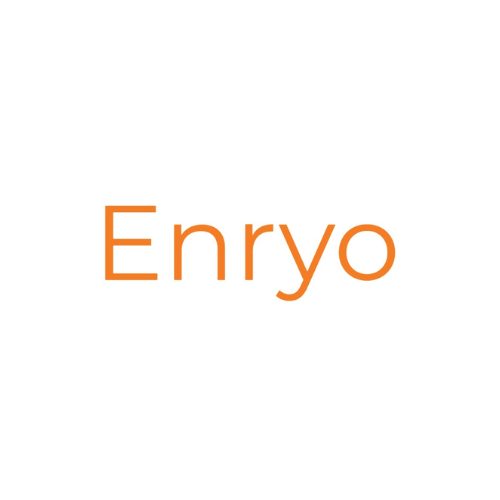Source: The Daily Hodl
The Monetary Authority of Singapore (MAS) has published a whitepaper that proposes conditions for the use of central bank digital currencies (CBDCs), tokenized bank deposits and stablecoins.
The whitepaper was produced in collaboration with the International Monetary Fund (IMF), Banca d’Italia, and the Bank of Korea, and is currently paired with a pilot program that Amazon and several other corporate giants are participating in.
According to MAS, the whitepaper’s release was supported by software prototypes that aim to demonstrate a concept called Purpose Bound Money (PBM), which allows senders to “specify conditions, such as validity period and types of shops, when making transfers in digital money across different systems.”
“The PBM protocol is designed to work with different ledger technologies and forms of money. It enables users to access digital money using the wallet provider of their choice. With a common protocol, the same infrastructure can be used across multiple use cases. Stakeholders using different wallet providers can transfer digital assets to one another without the need for customization.”
MAS says that Amazon, digital finance company FAZZ, and food delivery and digital payments company Grab are participating in a pilot use case involving escrow arrangements for online retail payments. Banking giant DBS is also trialing a similar program for PBM.
According to the press release, the PBM whitepaper builds on MAS’ Project Orchid, which was launched as a multi-year exploratory initiative to examine possible design and technical aspects of a potential CBDC system in Singapore.
In the whitepaper, the researchers say that a new future digital asset ecosystem could be mainly comprised to CBDCs, tokenized bank liabilities and stablecoins.
“The digital asset ecosystem could potentially facilitate more efficient transactions, enhance financial inclusion, and unlock economic value. Central bank digital currencies (CBDCs), tokenized bank liabilities and potentially well-regulated stablecoins, together with a set of well-designed smart contracts, could serve as the medium of exchange for this new digital asset ecosystem.
Although initial trials demonstrate potential, these new forms of digital monies, popularized with the blockchain and peer-to-peer money movement, need to demonstrate their utility above and beyond what is already possible today with e-payment systems such as domestic instant payment systems.”































































